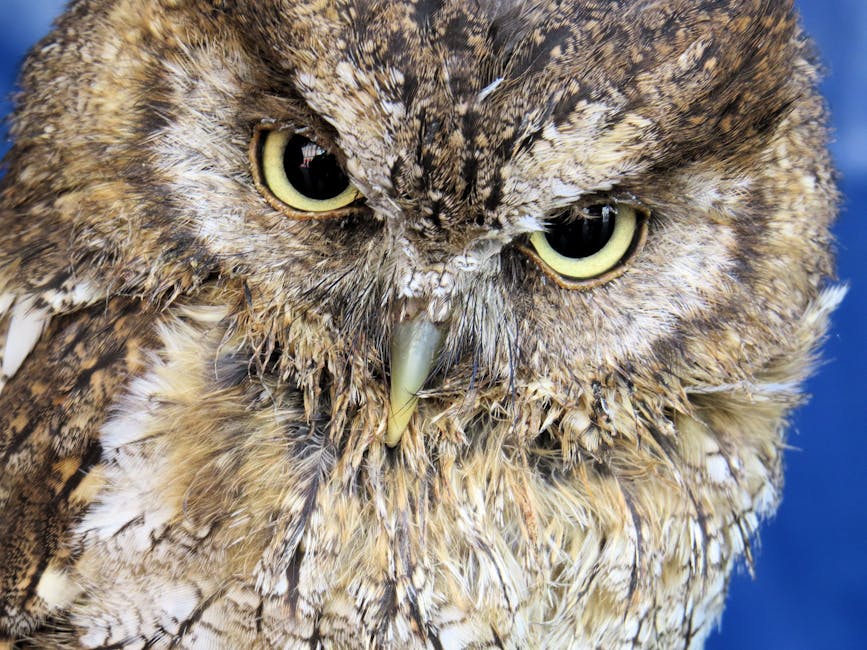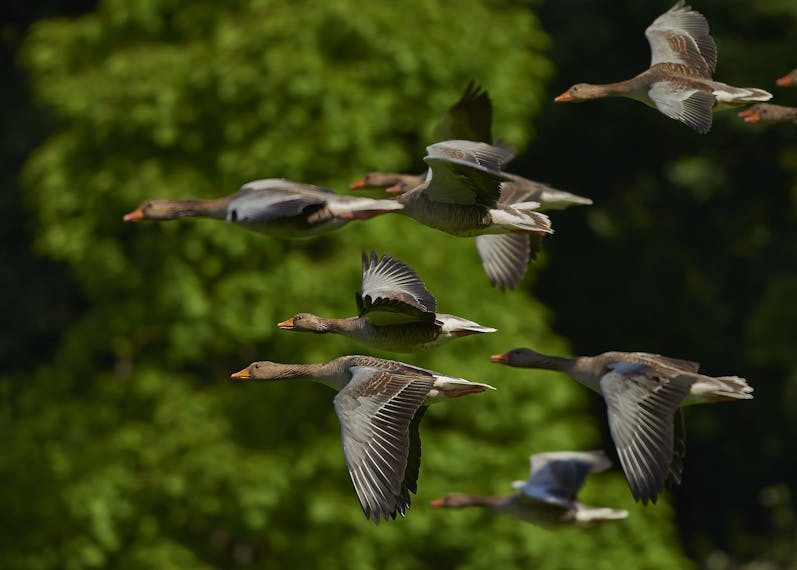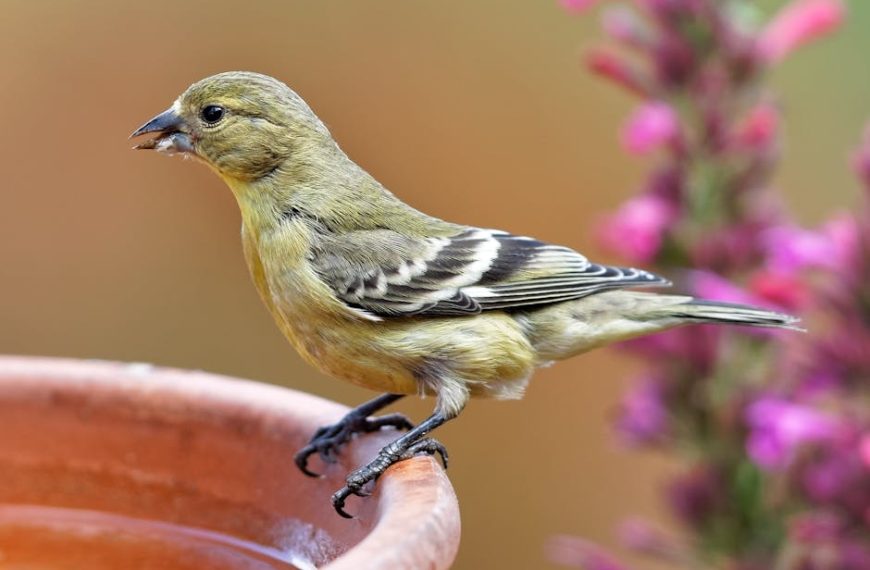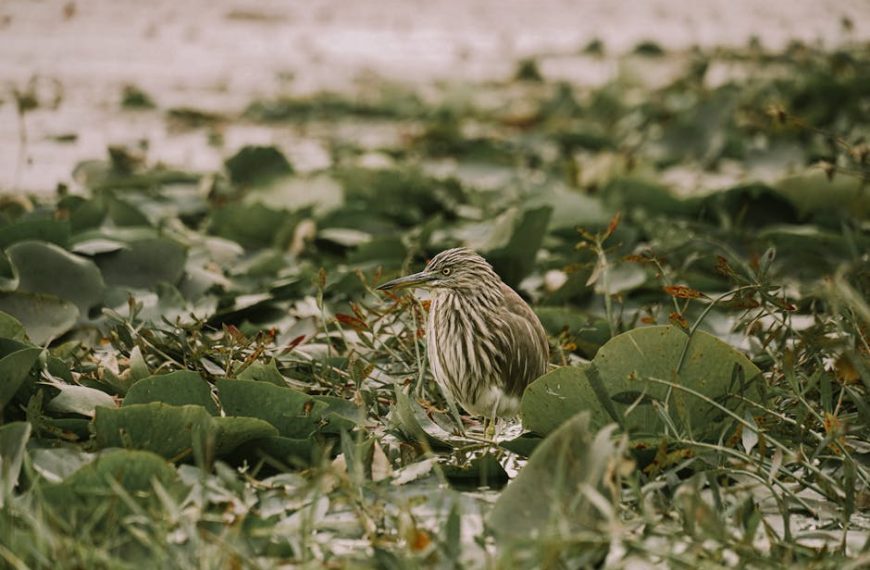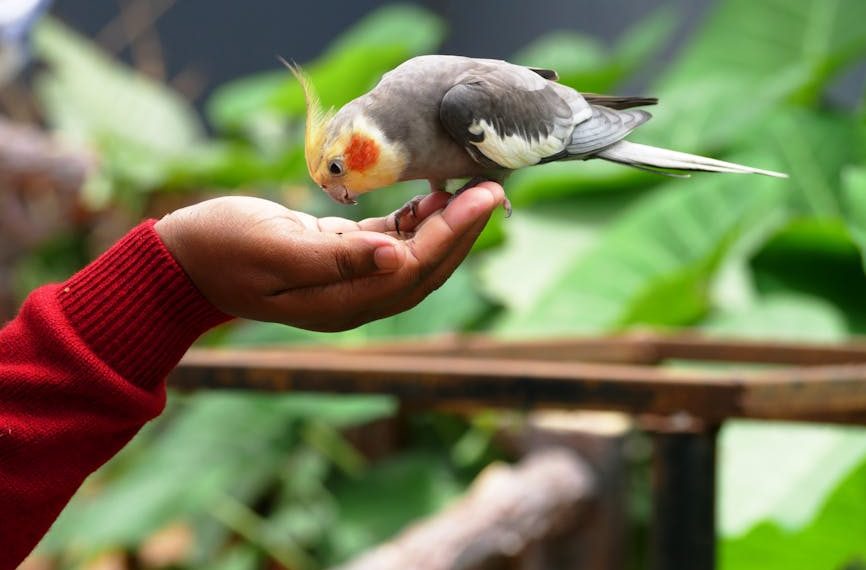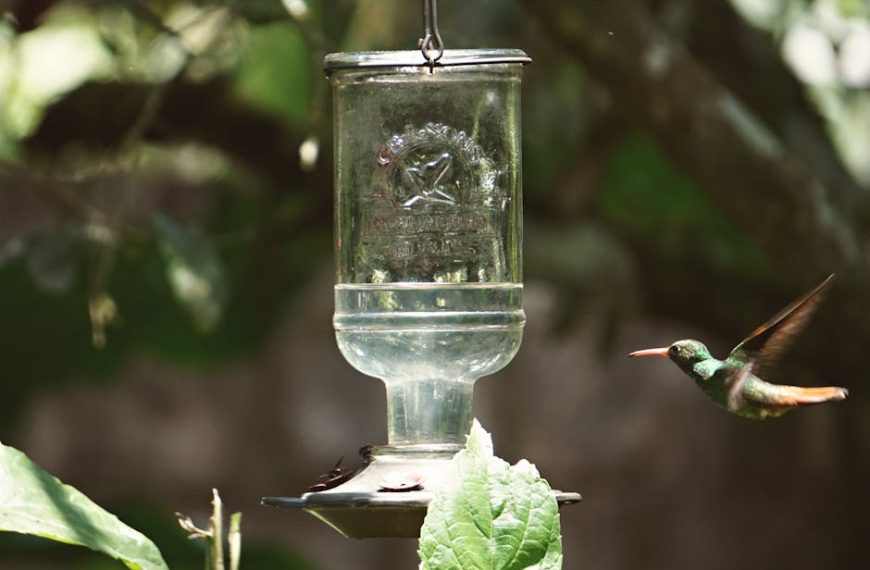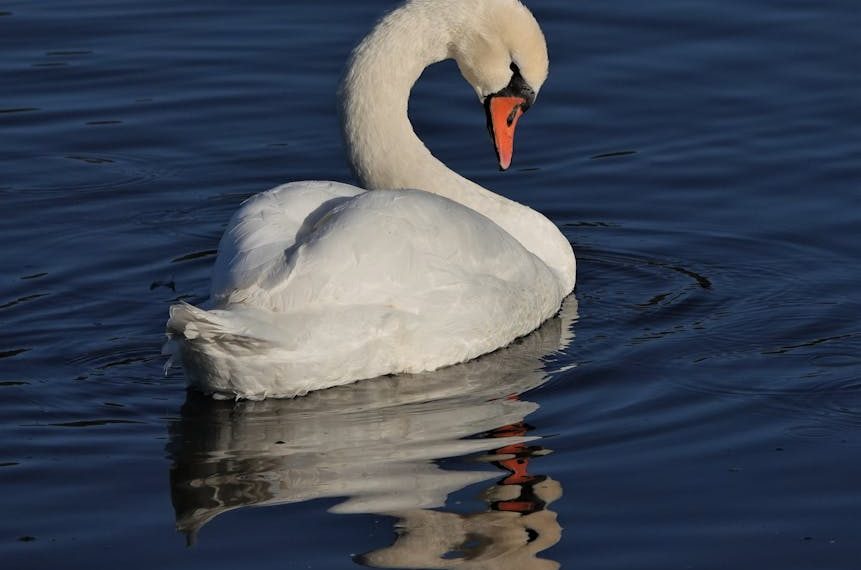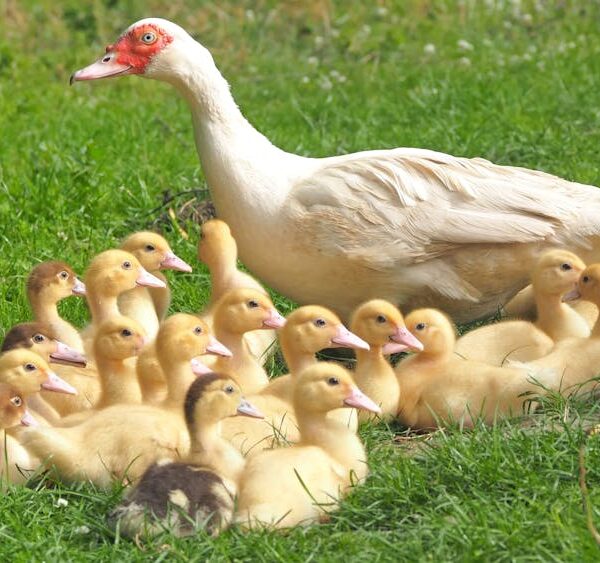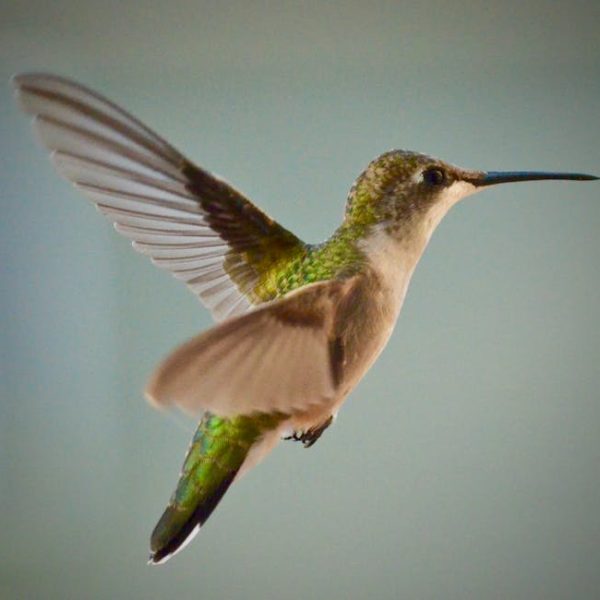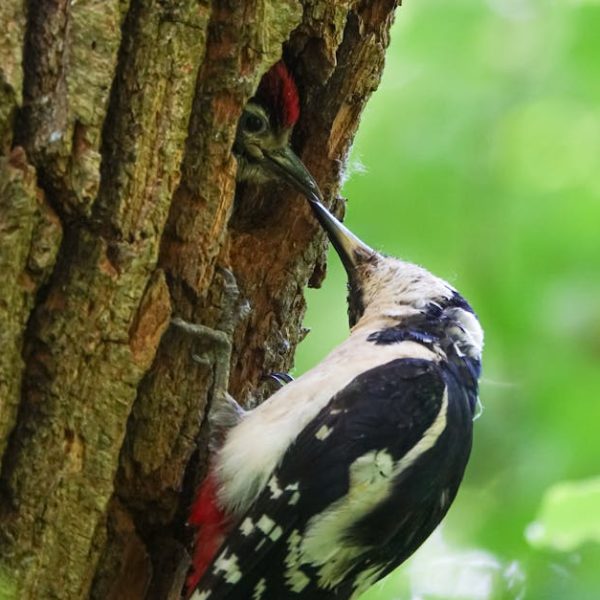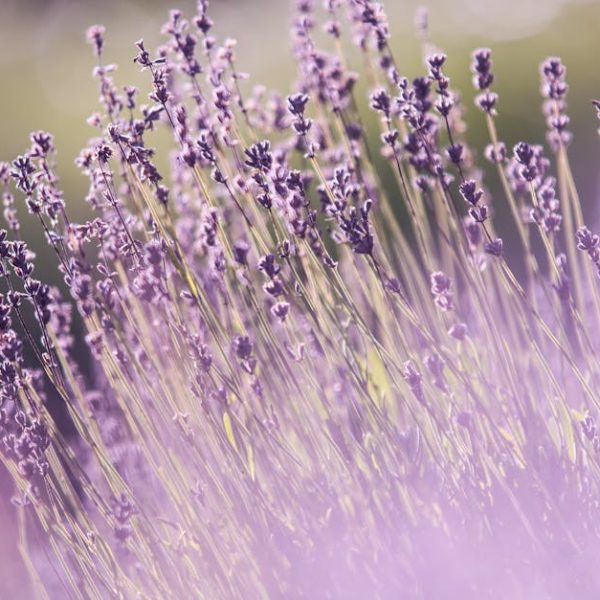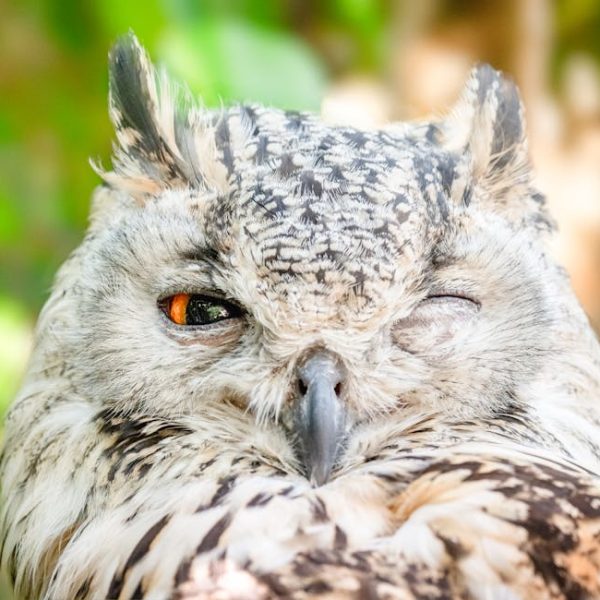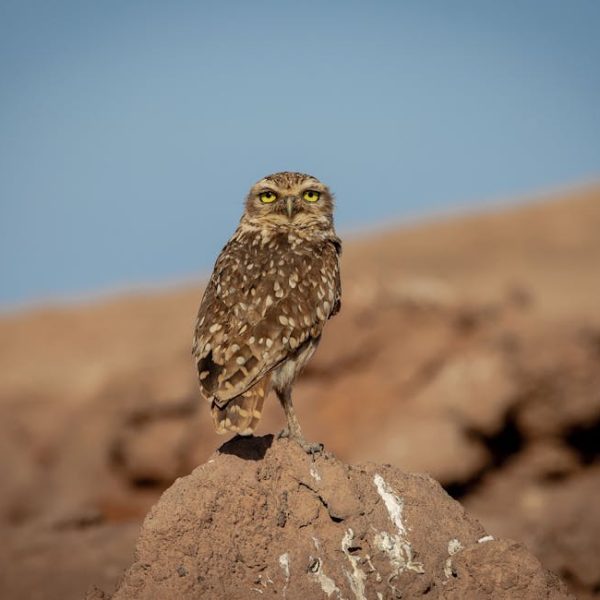Birds, in their full-feathered beauty, have long enthralled us with their vibrant hues and intriguing patterns. At some point, bird enthusiasts have likely observed this phenomenon—birds losing their plumage. This article delves into the various reasons for feather loss, from natural processes to health complications, helping you discern between normal molting and cases that might require veterinary intervention.
Understanding Bird Feather Anatomy and Growth
Just as our skin continuously renews itself, feathers too undergo a life cycle. Composed of a central shaft (rachis) flanked by vanes made of interlocking barbs, a bird’s feather is a complex, lightweight, and multi-functional appendage. They not only contribute to flight and insulation but also in color displays and communicative gestures.
Feathers grow from follicles in the bird’s skin, just like human hair. As such, a new feather may push out an old one that has worn out, resulting in apparent feather loss. Studies indicate that feathers of different age groups can be distinguished by their color and texture:
- Hatchling and juvenile birds usually have more delicate and softer down feathers.
- Adult birds, in contrast, have firmer and more vibrant flight feathers.
By understanding the structure and growth cycle of a feather, bird keepers can better identify if the feather condition is normal or indicates a potential problem.
Normal Feather Loss: Molting
Molting, the periodic shedding and re-growth of feathers, is an entirely natural phenomenon that occurs at least once a year in birds. It allows them to replace damaged feathers and prepare for different life stages or seasons. Molting can cause birds to appear ragged and depleted due to extensive feather loss, but this, in fact, indicates a healthy bird undergoing revitalization.
Common signs of molting include:
- Presence of pin feathers, which look like tiny tubes along the bird’s skin.
- Unusual quietness, or less vocalizing than usual.
- Loss of appetite.
During molting, birds require extra care. Their energy levels may dip due to the high protein demand for new feather growth. Providing them with protein-rich food and lowering their stress levels can help ease them through this phase.
Abnormal Feather Loss: Diseases and Parasites
Not all feather loss signifies a bird in tip-top shape. Certain diseases, infections, or parasite infestations can lead to abnormal feather loss. Avian Pox, Psittacine Beak and Feather Disease (PBFD), and parasitic mites and lice are common culprits.
Bird owners need to be vigilant for signs of feather loss that are uneven, irregular, or accompanied by changes in bird behavior, droppings, or overall health. Regular vet check-ups can detect diseases early and avoid the unnecessary suffering of your feathered friends. Balancing good hygiene practices with regular parasite treatment can also substantially mitigate these risks.
Feather Loss from Stress and Poor Nutrition
Did you know that environmental factors, along with poor nutrition, could also lead to birds losing their feathers? That’s right! Stress factors such as sudden changes in their habitat, loud noises, or the loss of a mate can trigger feather loss.
Lack of essential nutrients in the diet can also result in the same. Vitamins A and E, zinc, selenium, biotin, and omega fatty acids are particularly important for feather health. Moreover, calcium deficiency or hypocalcemia can contribute to feather plucking in birds.
Here are some simple tips you could follow to address these problems:
- Maintain surroundings that closely mimic their natural habitat.
- Aim for a balanced diet with a mix of seeds, fruits, vegetables, and bird feed that caters to the bird species you have.
- Consider including dietary supplements, particularly if you’re taking care of a molting bird or a bird with feather issues.
- Provide ample daily exposure to mild sunlight, as Vitamin D from sunlight aids calcium absorption.
A quick comparison of the nutritional needs for three popular bird species:
| Bird Species | Nutrient Needs |
|---|---|
| Canaries | Mainly seeds, fresh fruits, and vegetables. Occasional serving of cooked eggs for protein. |
| Parakeets | A balanced diet of seeds, pellets, fresh fruits, and vegetables. |
| Cockatiels | Seeds, grains, fresh fruits, vegetables, and a small amount of proteins from cooked meat or eggs. |
Feather Picking and Plucking in Birds
Surprising as it may sound, some birds may indulge in the injurious behavior of plucking their feathers out! Feather plucking can indicate several underlying issues – whether it’s stress, boredom, malnutrition, or an ongoing health issue.
Key reasons why birds engage in feather picking or plucking include:
- Behavioral issues (lack of stimulation)
- Dietary deficiencies
- Health problems (skin diseases, hormonal imbalances, liver disease)
Nipping this behavior in the bud is crucial, or the bird might develop a chronic feather plucking habit. Here are the best practices to prevent and treat feather picking:
- Provide a variety of toys and engage with your bird daily to mentally stimulate it.
- Maintain a balanced diet and ensure it receives enough nutrients.
- Regular veterinary check-ups to nip any health problems in the bud.
- Consideration of bird-specific calming solutions under vet’s guidance if the bird is overly stressed.
Feather loss in birds is not always a cause for concern, but being watchful can help you keep your pets healthy and vibrant. Now, equipped with this knowledge, you’re ready to better care for your feathery friends.
Key Takeaway:
- Bird’s feather loss can be due to normal molting, diseases, stress, poor nutrition, or feather picking.
- Differentiating signs of healthy molting from abnormal feather loss is crucial for bird owners to identify potential health problems.
- Regular veterinary check-ups can help in early detection and treatment of diseases leading to feather loss.
- Ensuring a stress-free environment, balanced diet rich in essentials nutrients, and attention towards the bird’s needs can prevent abnormal feather loss.
Retaining the health and beauty of your bird’s feathers is important, but do remember that a bird’s well-being goes beyond its physical appearance. By providing a nurturing environment, ensuring good nutrition, and keeping a watchful eye out for any potential issues, you’ll have the most vibrant and animated feathered friend.
FAQs
Q: How often do birds normally molt?
A: Most birds molt at least once a year, but the frequency can depend on the bird species and environmental factors.
Q: Are there specific foods I could provide during a bird’s molting phase?
A: Yes, birds would benefit from protein-rich foods during their molting phase to fuel new feather growth.
Q: How to discern between molting and feather plucking?
A: Molting often results in an even loss of feathers with new feathers growing in, while feather plucking may show patchy bald spots and distressed behavior in the bird.
Q: What could be the cause if my bird is losing feathers outside of its molting period?
A: It could be due to stress, dietary deficiencies, diseases, or parasitic infections. Consulting a vet would be advisable.
Q: How could I make my bird comfortable during its molting phase?
A: Providing them with a relaxed, quiet environment, and a diet rich in protein can help ease them through the molting phase.
We recommend sharing this important article with fellow bird enthusiasts and visiting our website for more fascinating bird facts and care tips.
